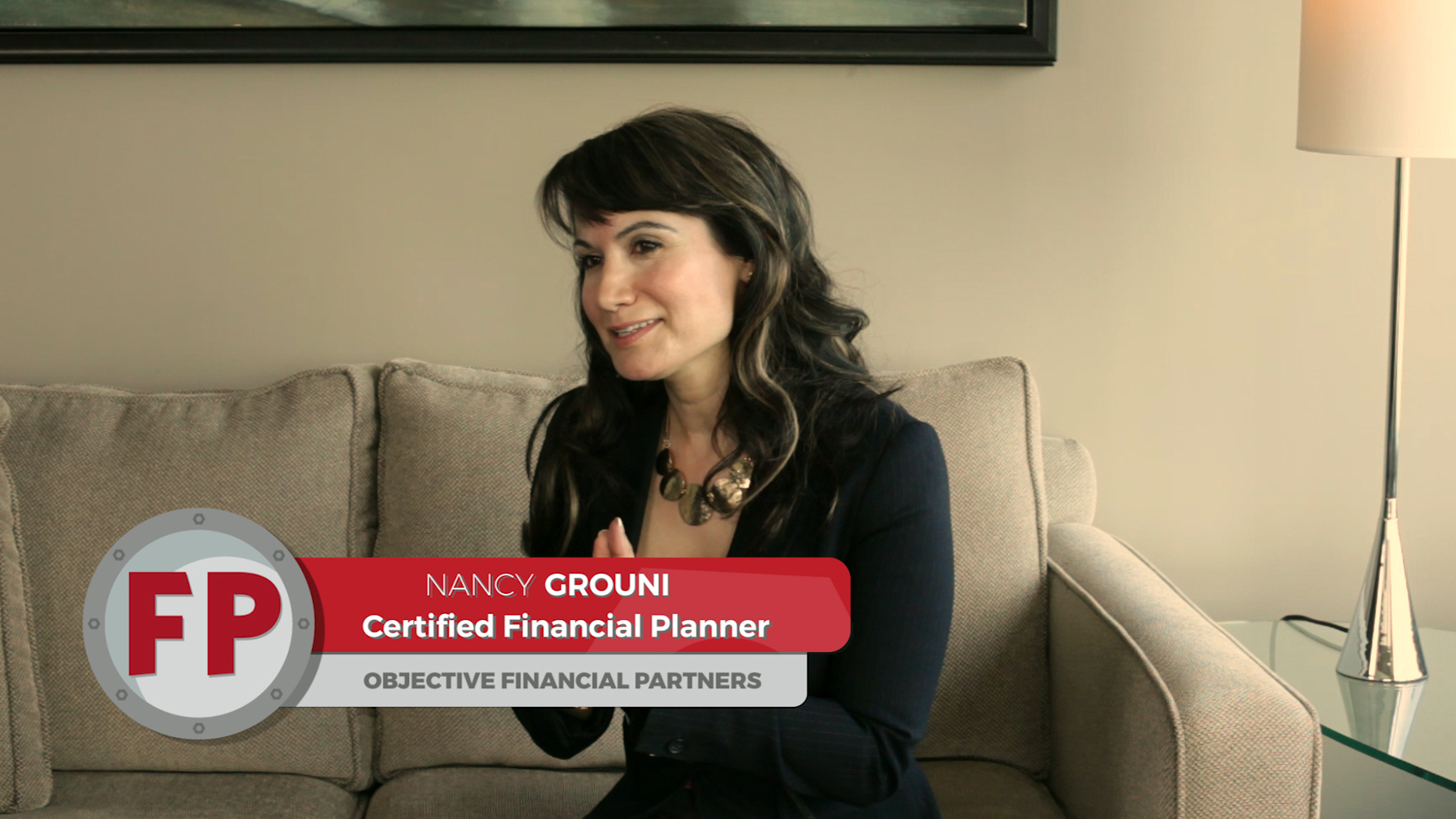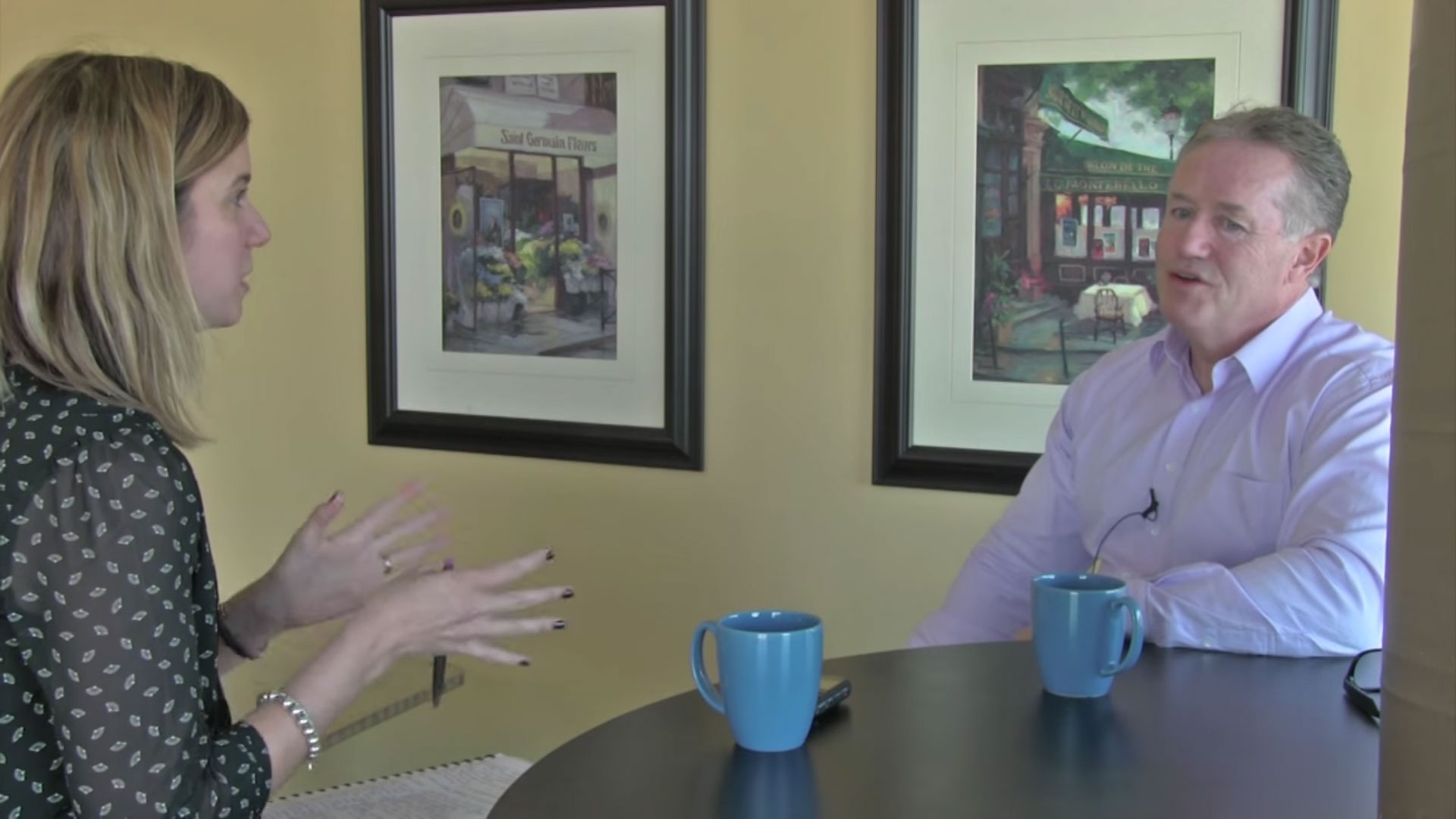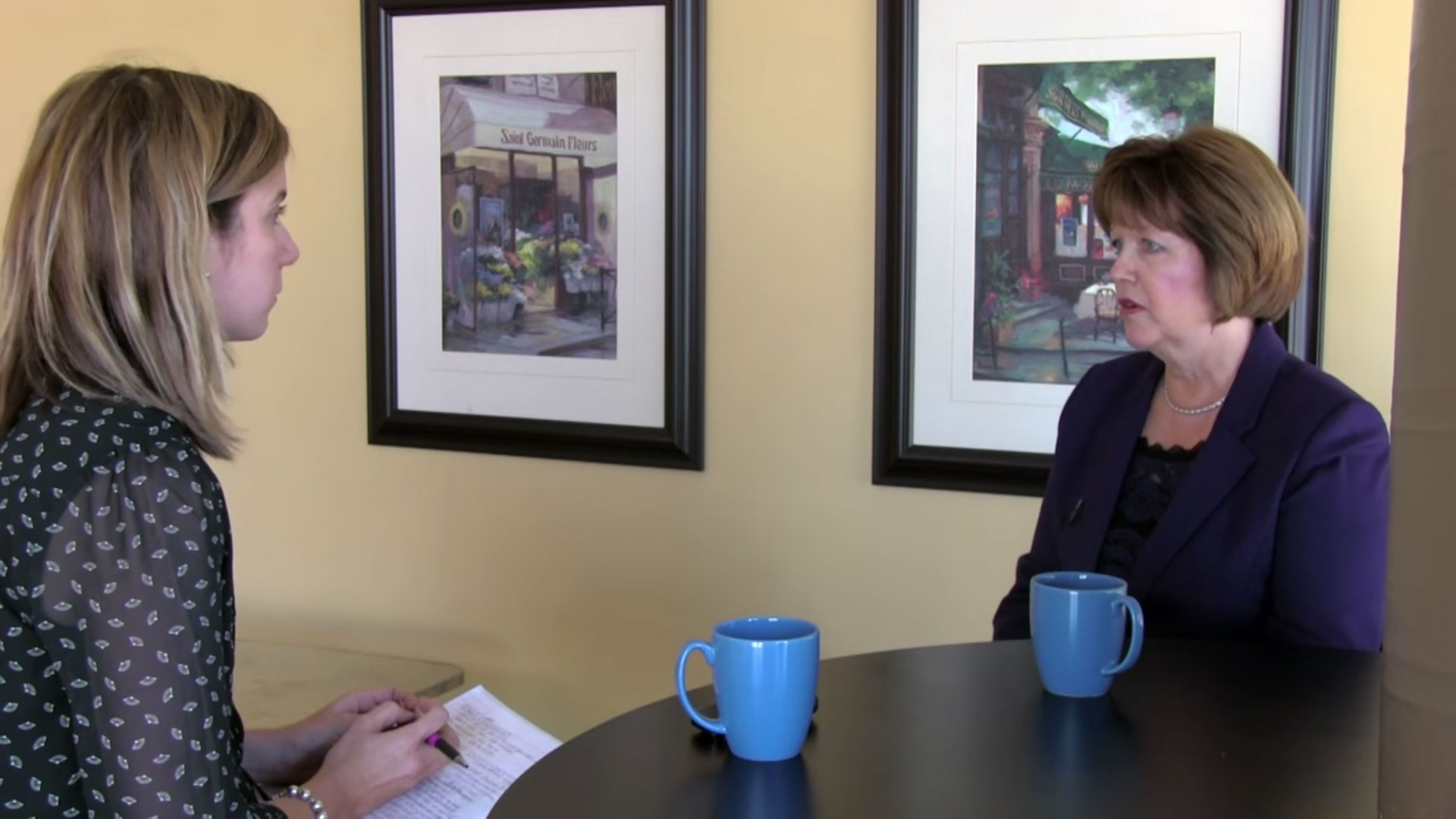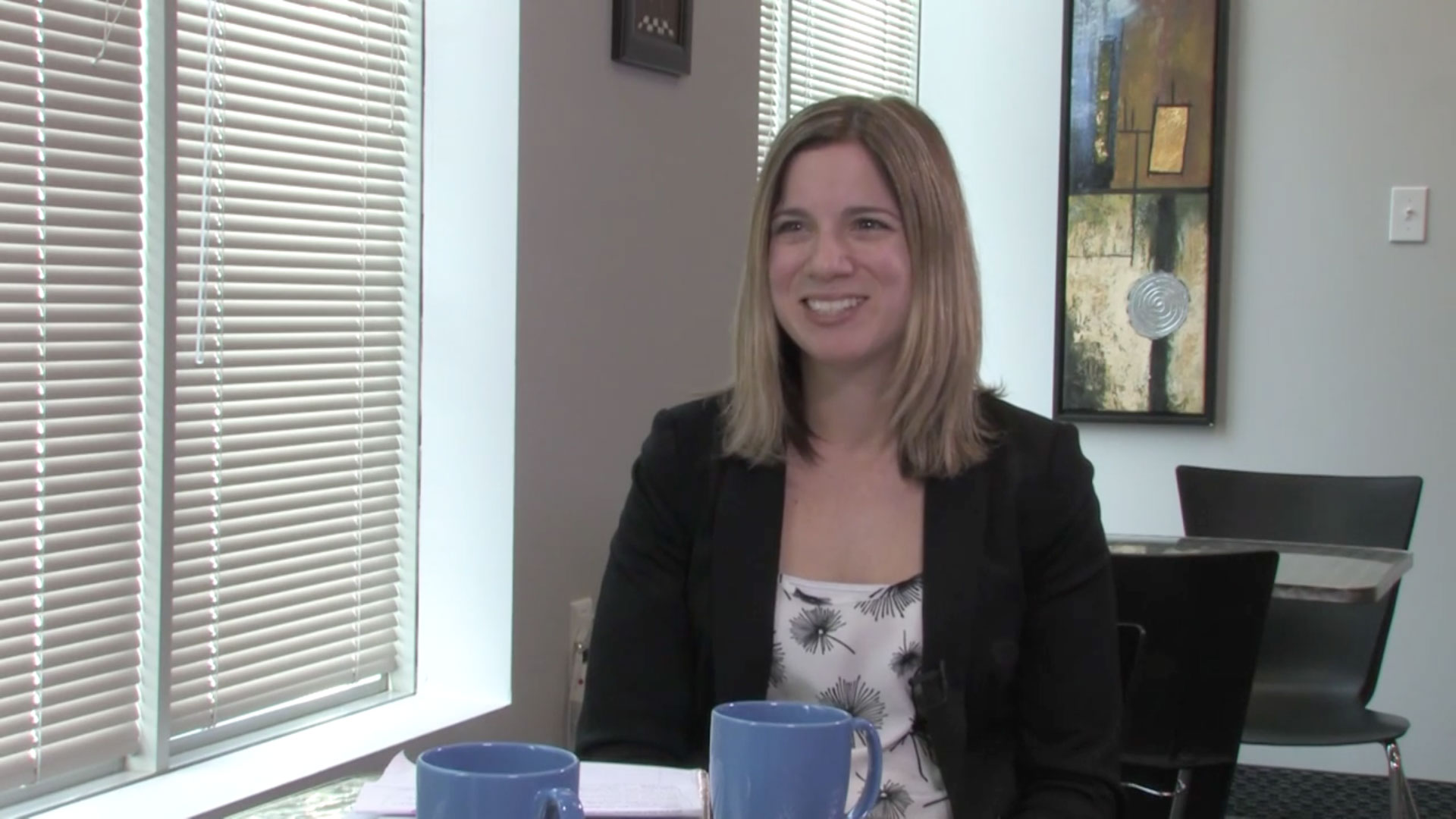Borrowing to invest can help to bulk up your portfolio. But great caution is advised and borrowers have to ask about the suitability of the investment and whether they’ve already taken on too much debt. Nancy Grouni, a certified financial planner with Objective Financial Partners in Richmond Hill, Ont., says these cautionary notes also apply to borrowing money to top up your RRSP account.
Grouni: There is a suitability factor that comes into play. A lot of banks have what they call RSP maximizer loans and so that’s a strategy that some do employ but there are several key considerations that come to mind. The first would be, really, the interest rate. If the interest rate is high then it obviously makes less sense from a tax perspective. (With) funds used to borrow in an RSP, you know, the interest payments there are not tax-deductible so that’s something.
Malcolm: That surprised a lot of people I think.
Grouni: Yes, that’s right, people do forget about that sometimes. Another consideration as you alluded to was: what is your overall debt load? So, if you’re carrying high interest debt – credit card debt – it absolutely makes sense to get rid of that debt first and foremost and not to take on additional debt. Also, you’d want to consider your taxable income, so what is my tax bracket? The higher the tax bracket you’re in, the more compelling it is to make that RSP contribution.






